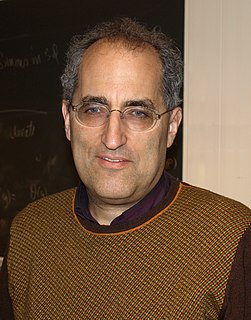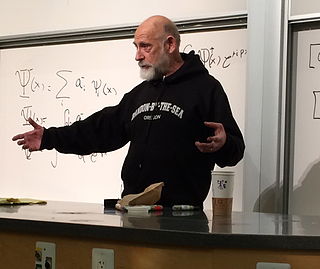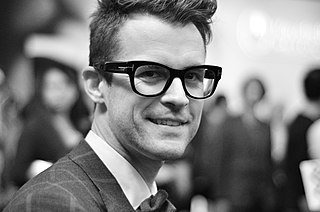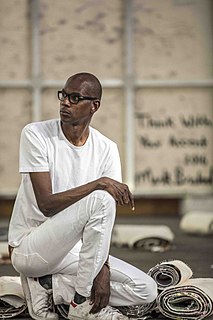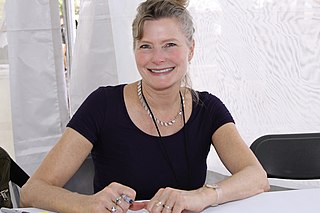A Quote by M. C. Escher
I try in my prints to testify that we live in a beautiful and orderly world, not in a chaos without norms, even though that is how it sometimes appears. My subjects are also often playful: I cannot refrain from demonstrating the nonsensicalness of some of what we take to be irrefutable certainties. It is, for example, a pleasure to deliberately mix together objects of two and three dimensions, surface and spatial relationships, and to make fun of gravity.
Quote Topics
Also
Appears
Beautiful
Cannot
Chaos
Deliberately
Demonstrating
Dimensions
Even
Example
For Example
Fun
Gravity
How
Live
Make
Mix
Norms
Objects
Often
Orderly
Playful
Pleasure
Prints
Refrain
Relationships
Some
Sometimes
Spatial
Subjects
Surface
Take
Testify
Though
Three
Three Dimensions
Together
Try
Two
Without
World
Related Quotes
Although I am even now still a layman in the area of mathematics, and although I lack theoretical knowledge, the mathematicians, and in particular the crystallographers, have had considerable influence on my work of the last twenty years. The laws of the phenomena around us--order, regularity, cyclical repetition, and renewals--have assumed greater and greater importance for me. The awareness of their presence gives me peace and provides me with support. I try in my prints to testify that we live in a beautiful and orderly world, and not in a formless chaos, as it sometimes seems.
I think being partnered with C. Wonder as their creative director and also getting to kind of educate her on how to mix prints and how to incorporate color into her wardrobe and how to go from an easy silhouette to using some of our accessories to cinch her waist or make it more cocktail - I think will be really, really fun.
I like using odd materials or odd components for embroideries. I've always liked that Elsa Schiaparelli world of playing with unusual objects to make something really beautiful. That's part of the game. We can do things that are lighthearted and playful but we also do things that are quite dark and sinister. I oscillate between the two.
Often you've read another poem that you think is so beautiful that you'd like to make something like that. And so you try to make a sonnet that works in a certain kind of way, or you try to make something that's songlike, or you create a refrain, or you love the way a poem works in two line stanzas and you try to do that.
I think a playful critique is good for all of us, and that's basically how I see satire functioning. But I'm not interested in a kind of contemptuous satirical vision; I try always, even when I'm knowingly being satirical, to also be humane, but I mean, let's face it: there's plenty in American life to make fun of, and we all participate in it.


